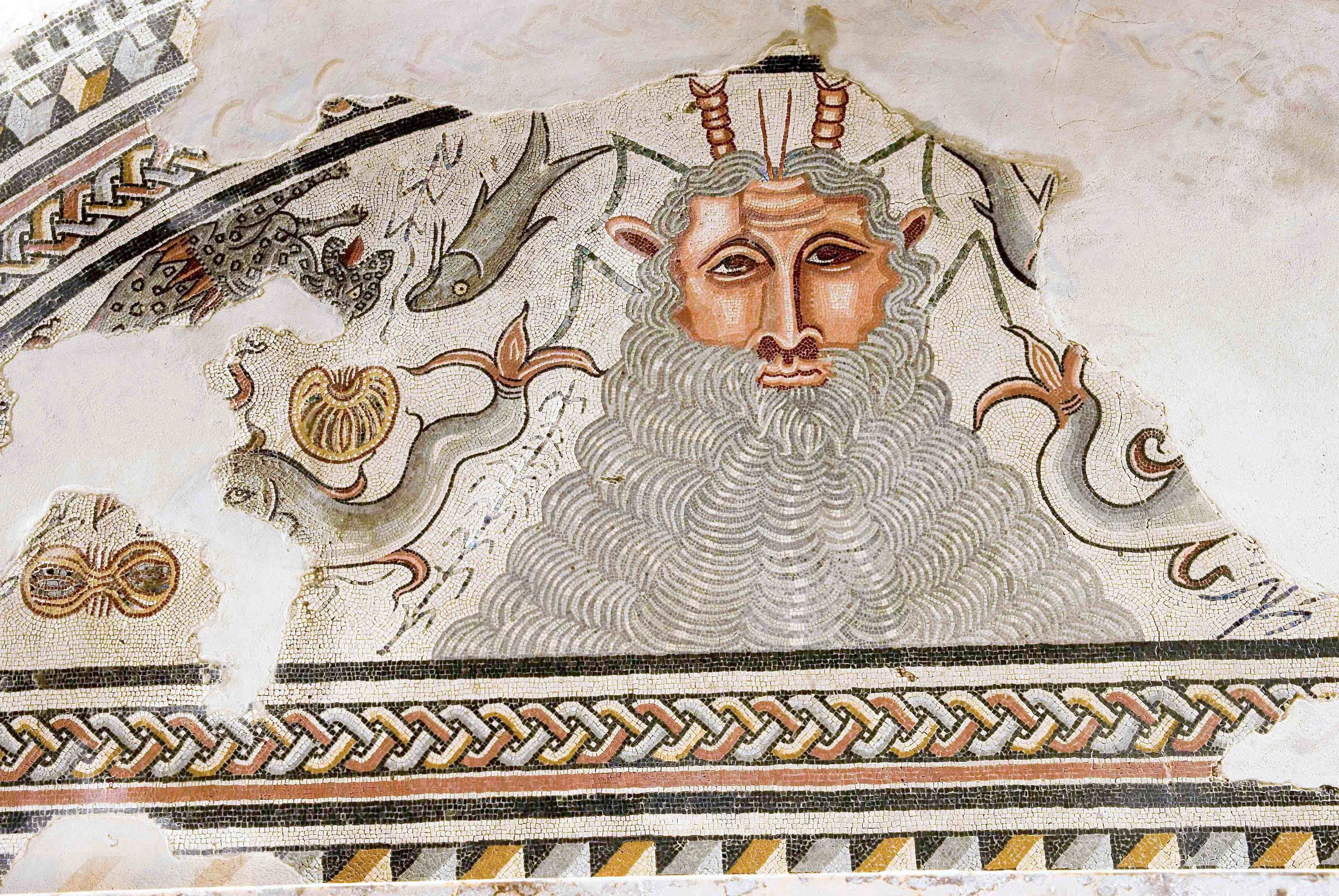Around the year 389, next to the Church of the Holy Apostles in Constantinople, a crowd gathered outside the temple with olive branches, lilies and carnations.
Those who gathered there did not want to miss a detail of the procession that started that spring morning.
It was led by three hundred instruments including brass, drums, fifes, trumpets and kettledrums.
They were followed by the mourners singing their funeral songs and the histriones who entertained the public.
At the end Cinegio appeared, his face uncovered, in perfect condition despite having already been dead for a year, carried on his shoulders in a fine glass coffin on stretchers in the shape of a Greek cross.
Along with him marched Achantia, his widow, on foot with Clivius, his son
.
Return to Carranque
(The Sphere of Books) begins with this scene
, the novel in which Bernabé Mohedano narrates how the widow of one of the most influential men of the late Roman Empire and right-hand man of Emperor Theodosius, Materno Cinegio, who died when was going to be elevated to consul of the East, she wanted to
comply with her husband's last wish and return with him to Hispania
.
Although the reality is that the route of the Cinegio procession from Constantinople is not recorded, not even that its destination was Carranque -yes, Hispania-, the history of this Toledo municipality of less than 5,000 inhabitants is well worth telling.
Located in the region of La Sagra, 40 kilometers from Toledo and 35 from Madrid, Carranque
was inhabited in Roman and late Roman times
.
Hence, its Roman villa, presumably built by the Cinegio itself, is currently its great attraction.
Discovered four decades ago by a local resident, the town is considered one of the best in Hispania at that time.
"One day, while watering, I found a very small piece of mosaic; it only had four or five tesserae, but it was enough to prove that those remains were Roman and, of course, that there were mosaics in Roman buildings in the area. This fact It aroused my curiosity even more, since it was possible that there was still part of those mosaics in the area", said Samuel López Iglesias, author of the discovery.
"Wherever we dug, a mosaic appeared. They were everywhere. That was fantastic. We immediately notified the Toledo museum,
They came to see it and confirmed that it was a Roman villa over 1,700 years old.
A year later, excavations began to unearth what had already been discovered."
According to the Carranque Archaeological Park, built around this town, the collection of mosaics in this enclave makes it "
one of the most important ensembles in the Iberian Peninsula
, being one of the archaeological jewels of Castilla-La Macha" .
These cover an area of 600 square meters and most of them recreate mythological themes: from characters from the
Iliad
to representations of Neptune and Amimone, Diana and Actaeon or Pyramus and Thisbe, passing through busts of Minerva or Diana and Hercules.
Mosaic of Neptune. MARÍA GARCÍA
The visit to the town is completed with a tour of the palatial building, richly decorated with marble of up to 39 types.
This makes it
the most important collection of this stone
, outside of Rome, in the Western Roman Empire.
It is also worth stopping at the mausoleum built to house the mortal remains of the owner of the villa and his closest family, despite the fact that today hardly any remains of this building remain.
"Despite the cold, the uncomfortable wind and the rainy days of that end of November, given over to the mere pleasure of existing, Cinegio and Achantia discovered in each holm oak, oak or strawberry tree the most beautiful tree in the world and next to the river path, celebrating the jumps of the barbels and trout, waiting for the comings and goings of the ducks that rested there, a corner of Eden itself", recreates Mohedano in his novel in his description of the town.
"The statues of the
atrium
they easily came to life recounting their lavish past, the black pigs of the meadow that wallowed in the mud were actually golden fleeces and a boar, a doe or a roe deer guessed in the distance little less than a winged unicorn.
Little did they care that the sun did not greet them because the rain tasted sweet on their lips and the wind, attentive, caressed their faces reminding them of their immense luck.
*Bernabé Mohedano is the author of
Volver a Carranque
(La Esfera de los Libros), a novel that narrates the life and long journey of one of the most influential men of the Empire and right-hand man of Emperor Theodosius, Materno Cinegio, who died when he was going to be elevated to consul of the East.
Conforms to The Trust Project criteria
Know more

